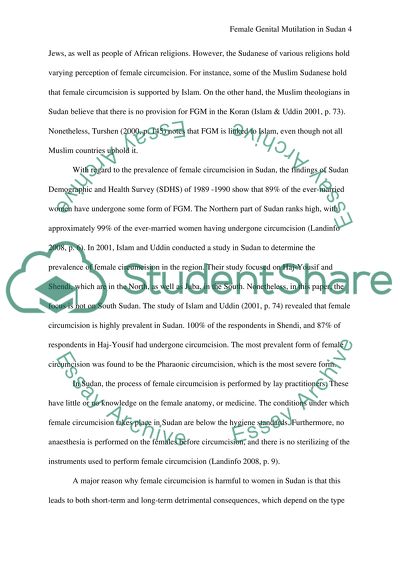Cite this document
(“Female genital Mutilation in Sudan Essay Example | Topics and Well Written Essays - 3500 words”, n.d.)
Retrieved from https://studentshare.org/gender-sexual-studies/1498442-female-genital-mutilation-in-sudan
Retrieved from https://studentshare.org/gender-sexual-studies/1498442-female-genital-mutilation-in-sudan
(Female Genital Mutilation in Sudan Essay Example | Topics and Well Written Essays - 3500 Words)
https://studentshare.org/gender-sexual-studies/1498442-female-genital-mutilation-in-sudan.
https://studentshare.org/gender-sexual-studies/1498442-female-genital-mutilation-in-sudan.
“Female Genital Mutilation in Sudan Essay Example | Topics and Well Written Essays - 3500 Words”, n.d. https://studentshare.org/gender-sexual-studies/1498442-female-genital-mutilation-in-sudan.


